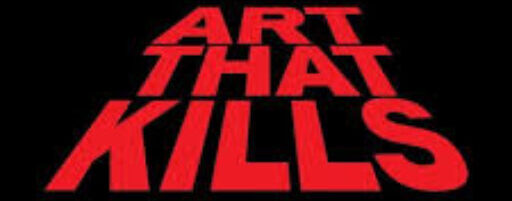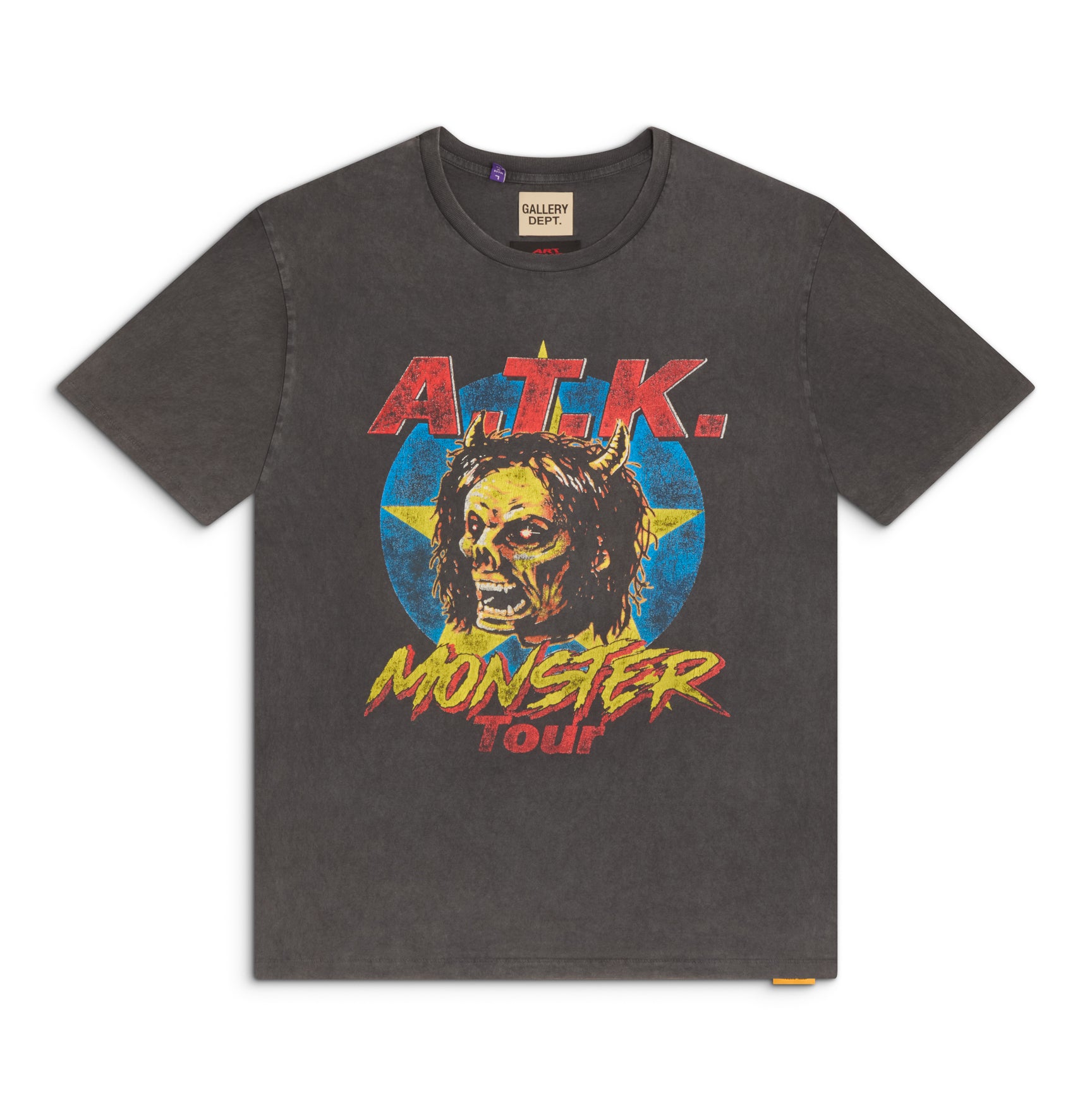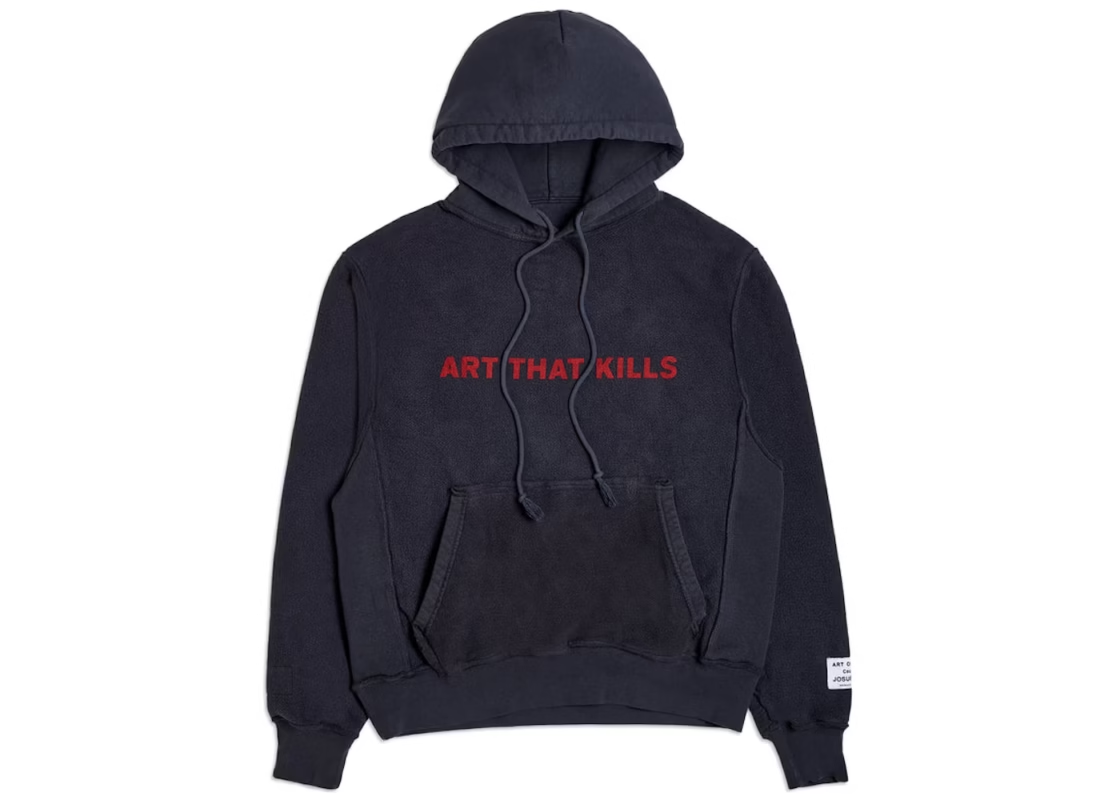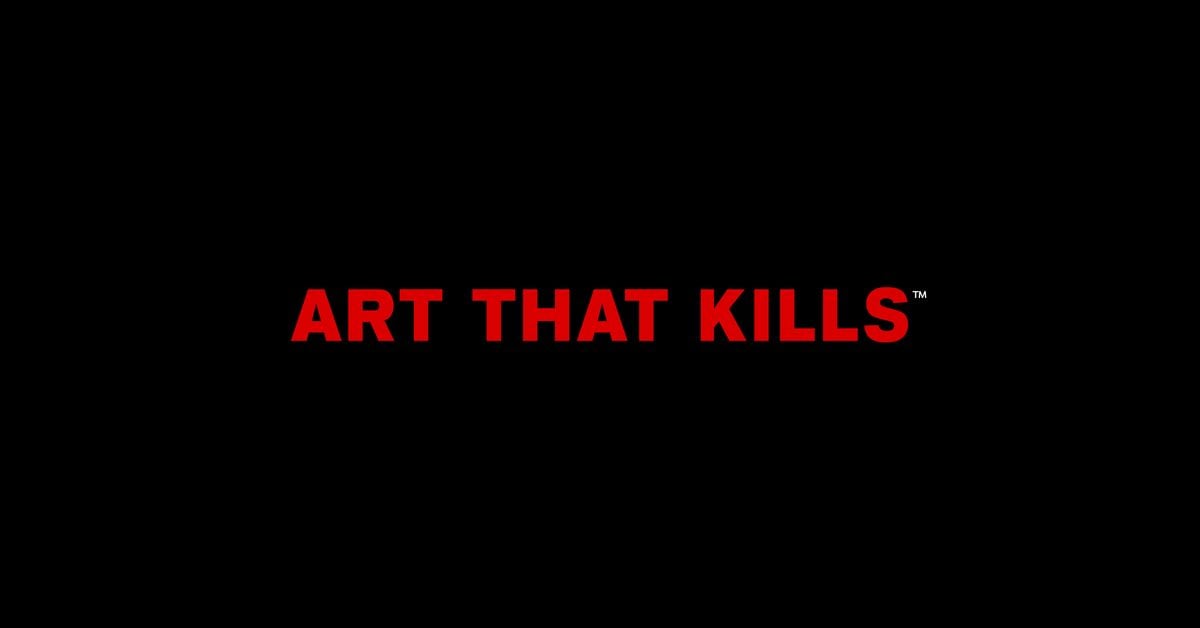When it comes to underground streetwear, Art That Kills is a name you’ll see popping up on the backs of skaters, graffiti artists, and creatives worldwide. But where did this edgy label come from — and what’s the story behind the name that’s half statement, half warning? Let’s break down the real Art That Kills history.
How Art That Kills Started
Art That Kills began as an idea — not just a clothing brand but a concept about the power of raw, rebellious art. The phrase first started surfacing in LA’s underground creative scene in the 2010s, where DIY zines, punk bands, and street artists used it to describe work that didn’t just decorate walls or pages — it challenged them.
Over time, the slogan turned into a label. Early on, Art That Kills dropped limited graphic tees, hand-printed hoodies, and raw denim pieces — all designed to feel like wearable protest pieces.
Who Founded Art That Kills?
The driving force behind Art That Kills is a small circle of LA-based artists and designers — including underground street artists, skaters, and photographers. The name is closely linked to the work of Brandon Stepp and creative collectives in LA’s art scene. The brand never pushed one single founder into the spotlight — it’s a community effort, which is exactly how they like it.
What Does “Art That Kills” Mean?
At its heart, the name is a statement: good art should disrupt. It should kill the dullness of everyday life, kill bland trends, and kill the line between rebellion and expression. For its early fans — tattoo artists, punks, and skaters — it was a battle cry for creative freedom.
How Art That Kills Grew Into a Cult Label
Starting with small local drops, Art That Kills built hype through word-of-mouth and limited runs. The raw graphics, edgy slogans, and gritty photography made every drop feel like part of a bigger anti-mainstream message.
Skaters wore it in backyard ramps, artists tagged it in murals, and indie musicians started shouting it out in songs and zines. Over time, it became a wearable badge for kids and creators tired of cookie-cutter streetwear.
Key Collaborations and Drops
While the brand keeps things underground, Art That Kills has dropped collabs with local tattoo studios, graffiti writers, and music collectives. Many pieces are limited runs — a tee might only drop once, never to be printed again. This keeps the label fresh, unpredictable, and always tied to the scene that birthed it.
What Makes Art That Kills Different?
-
DIY Roots: Small-batch printing, local artists, hand-finished touches.
-
Art Over Hype: More about raw expression than mass trends.
-
Community-Driven: Runs more like an art collective than a corporate streetwear label.
-
Edgy Branding: The name itself is a protest — part statement, part warning.
Art That Kills in Street Culture
Today, Art That Kills is part of the global underground — from LA to London to Tokyo, you’ll see skaters, tattoo artists, and up-and-coming bands wearing the gear. It’s not about flexing a logo — it’s about showing you’re tapped into the raw edge of street culture where art doesn’t ask for permission.
FAQs About Art That Kills History
1️⃣ When did Art That Kills start?
The name and early drops began surfacing in the early-to-mid 2010s in Los Angeles.
2️⃣ Who owns Art That Kills?
It’s owned by a small group of LA-based artists and designers who keep it more collective than corporation.
3️⃣ What is Art That Kills known for?
Edgy graphic tees, raw hoodies, and limited drops tied to punk and street art culture.
4️⃣ What does the name mean?
It’s a slogan for rebellious creativity — art that kills the ordinary.
5️⃣ Where is Art That Kills based?
Mainly in Los Angeles, but their drops and message reach worldwide.
6️⃣ How can I buy Art That Kills gear?
Through their official website drops, pop-up events, and select trusted underground stockists.
Final Thoughts on the History of Art That Kills
Art That Kills isn’t just a name on a hoodie — it’s a reminder that real art should hit you, shake you up, and maybe even destroy what came before. For a new generation of skaters, punks, and underground artists, the brand is more than clothing — it’s proof that DIY culture, rebellious spirit, and unapologetic art can still carve out a space far away from the mainstream.





